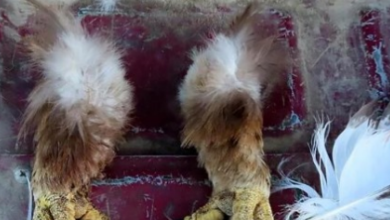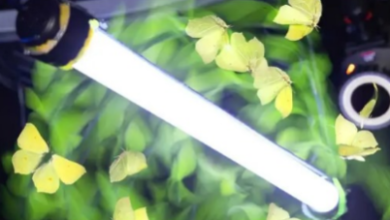These snails undergo live birth, with the possibility that the labor is carried out by the babies.

The minority of animals that snails deviate from laying eggs includes a resilient snail known as the rough periwinkle.
Snails
In contrast to mammals that give birth to offspring like kittens, fawns, and helpless humans, the rough periwinkle, residing in tidal zones, has recently transitioned to live birth. This unique form of giving birth without an eggshell involves periwinkle mothers delivering multiple times a day. Unlike the traditional egg-laying periwinkle relatives with a jelly gland producing eggs outside the body, the rough periwinkle’s gland has evolved into a makeshift womb or brood pouch. The eggs still form within this pouch but remain inside the mother’s body until after hatching, according to evolutionary ecologist Kerstin Johannesson of the University of Gothenburg in Sweden.
Within the brood pouch, a mother periwinkle can harbor several hundred embryos at various stages of maturation. When delivering the mature ones, it is suggested that the babies might emerge on their own, as Johannesson questions whether the mothers push them out. When ready to leave the pouch, each baby snail scrapes a hole in its transparent eggshell-like covering and then navigates the exit from the mother’s body. While the mechanism for finding the exit remains unknown, it is speculated that the snails may detect the smell of fresh saltwater through the hole.
The live birth phenomenon in these snails captivates researchers because the species likely acquired this ability in the last 100,000 years. Comparisons with closely related sister species reveal that the primary visible difference distinguishing them as separate species is the unique trait of live birth.
Evolutionary biologist Sean Stankowski used glass German Christmas ornaments to study the species barrier between live-bearers and egg-layers. These ornaments, acting as passion chambers for pairs of snails, revealed that despite mating, no viable offspring resulted, indicating a strong separation between the two species. This research, spanning seven years, primarily focused on genetic exploration, elucidating that live birth in the rough periwinkle evolved gradually through changes in approximately 50 regions in the snail’s genes. The process did not involve a significant, dramatic genetic alteration.
The success of live birth in this species might be attributed to the enhanced protection provided to the eggs, even though the newborns appear vulnerable and are only half a millimeter long. The researchers suggest that the added protection may contribute to the species’ success, allowing them to thrive in various regions, including the northern Atlantic coast of North America. Despite the seemingly vulnerable nature of the newborns, they are adept at crawling out of the mother’s pouch and exploring their surroundings. While the mother may not actively assist in their emergence, she does offer their first breakfast—diatoms and bacteria scraped off her shell.




